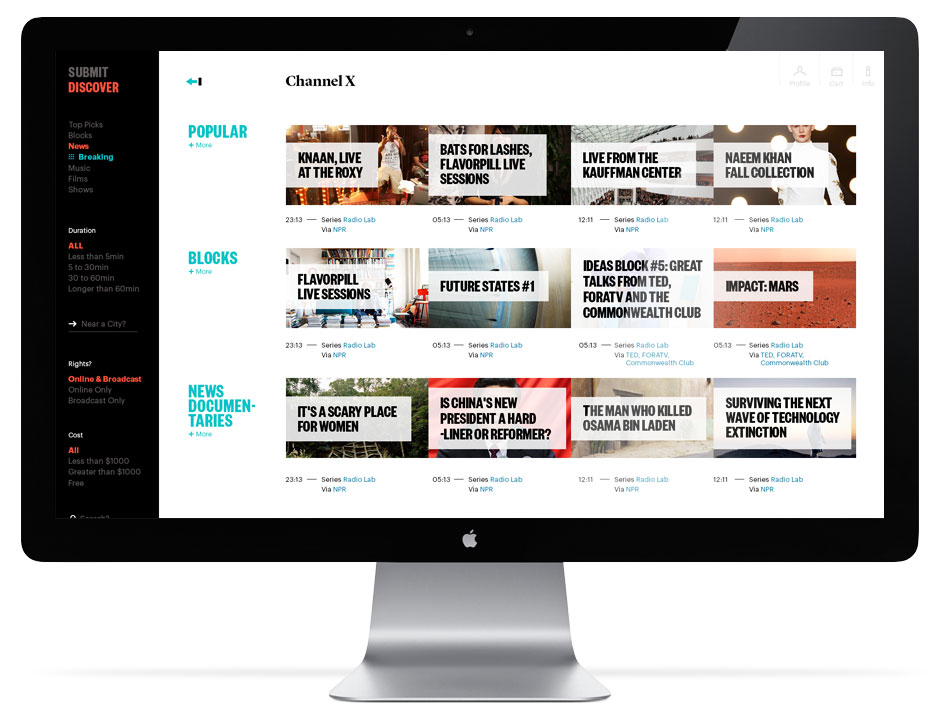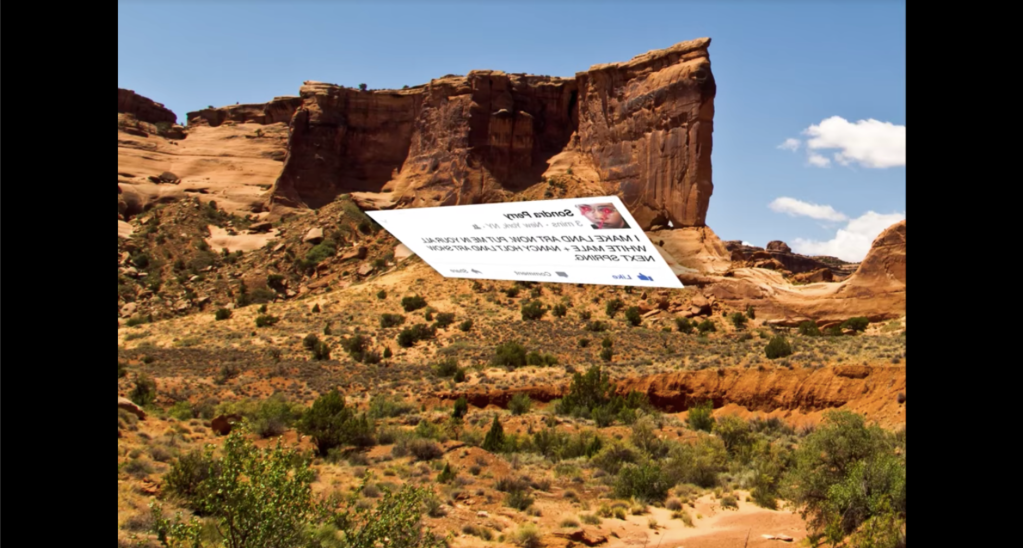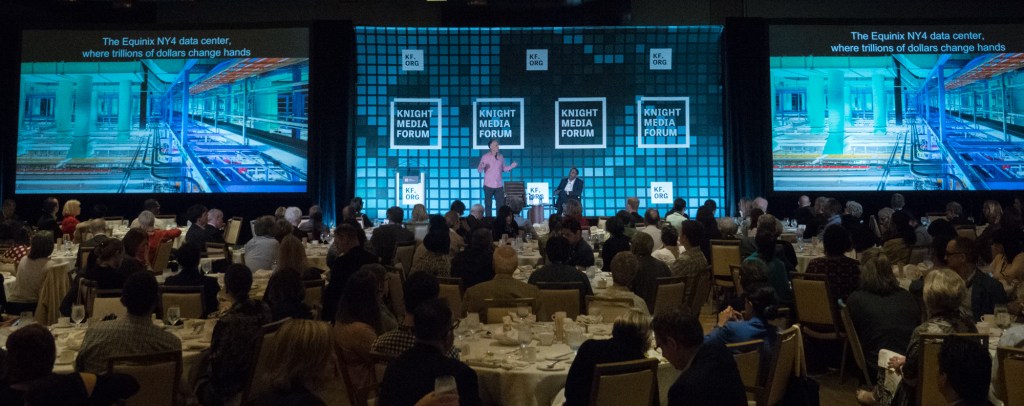
What does a post-broadcast world mean for public media?
Above: Channel X, a project of Public Media Company, will be funded by Knight. Related link
“Three news organizations to advance public media innovation with $750,000 in support from Knight Foundation” — July 10, 2014 Press release
The era of the couch potato is fading fast. Even after a long day’s work, many of us would much rather take out our smartphones, tablets and laptops and hang out with friends on Facebook, listen to a podcast while cooking dinner and watch short videos on YouTube rather than veg out in front of the TV.
The broadcast model, where TV and radio showed and told and passive viewers watched and listened, is no more. Today’s news consumers want to be part of the conversation and the conversation is taking place online. Thanks to the Internet, we live in a post-broadcast world and it is disrupting TV and radio, slower than what has happened with newspapers but just as surely.
Take TV, for instance. As viewers have switched to digital content and taken advertisers with them, the average revenue for news-producing stations declined by more than a third in the past five years. The average story length has diminished significantly and local newscasts are doubling down on sports, traffic and weather, according to the Pew Research Center.
We can’t afford to let it happen. Local television remains the most popular way of accessing news with 71 percent of American adults still watching local news on TV, according to the Pew Research Center.
Today, Knight Foundation announced three grants to public media totaling $750,000 to explore a post-broadcast future, including the following two TV projects:
-
WGBH in Boston will develop and test a short-form version of its award-winning “Frontline” series for the Web to engage millennials with quality journalism.
-
Public Media Company will develop the news offering in its upcoming Channel X, an online marketplace for producers and broadcasters of public TV to discover, buy and license low-cost content aimed at a young, diverse audience. The goal of Channel X is to allow for a new economy to develop in support of public broadcasting, one built on strong station cultures and local content.
Radio is being disrupted as well. In public radio, on-air fundraising and underwriting have been challenged by audiences shifting to online and mobile listening platforms with significantly lower advertising rates. Last year we co-funded Project Carbon with NPR and six members stations, a public media initiative to help reinvent radio as listeners change their habits. In addition, the growing trend of unbundling content (Podcasts like “This American Life” and “Planet Money” are experimenting with their own, separate fundraising campaigns) is jeopardizing the system.
The third grant that we’re announcing today goes to a public radio station:
-
WBUR in Boston, one of the system’s largest content providers and the No. 1 station for underwriting revenue is taking advantage of its current good fortune to invest in its future. WBUR will launch the BizLab, a freestanding team that will experiment with new revenue strategies to increase WBUR’s future sustainability and share findings with the public media community.
Lessons learned from these grants will help us refine our strategies at Knight to help support public media in its journey to a bright post-broadcast future.
Marie Gilot is a media innovation associate at Knight Foundation.
Recent Content
-
Artsarticle ·
-
Artsarticle ·
-
Communitiesarticle ·



